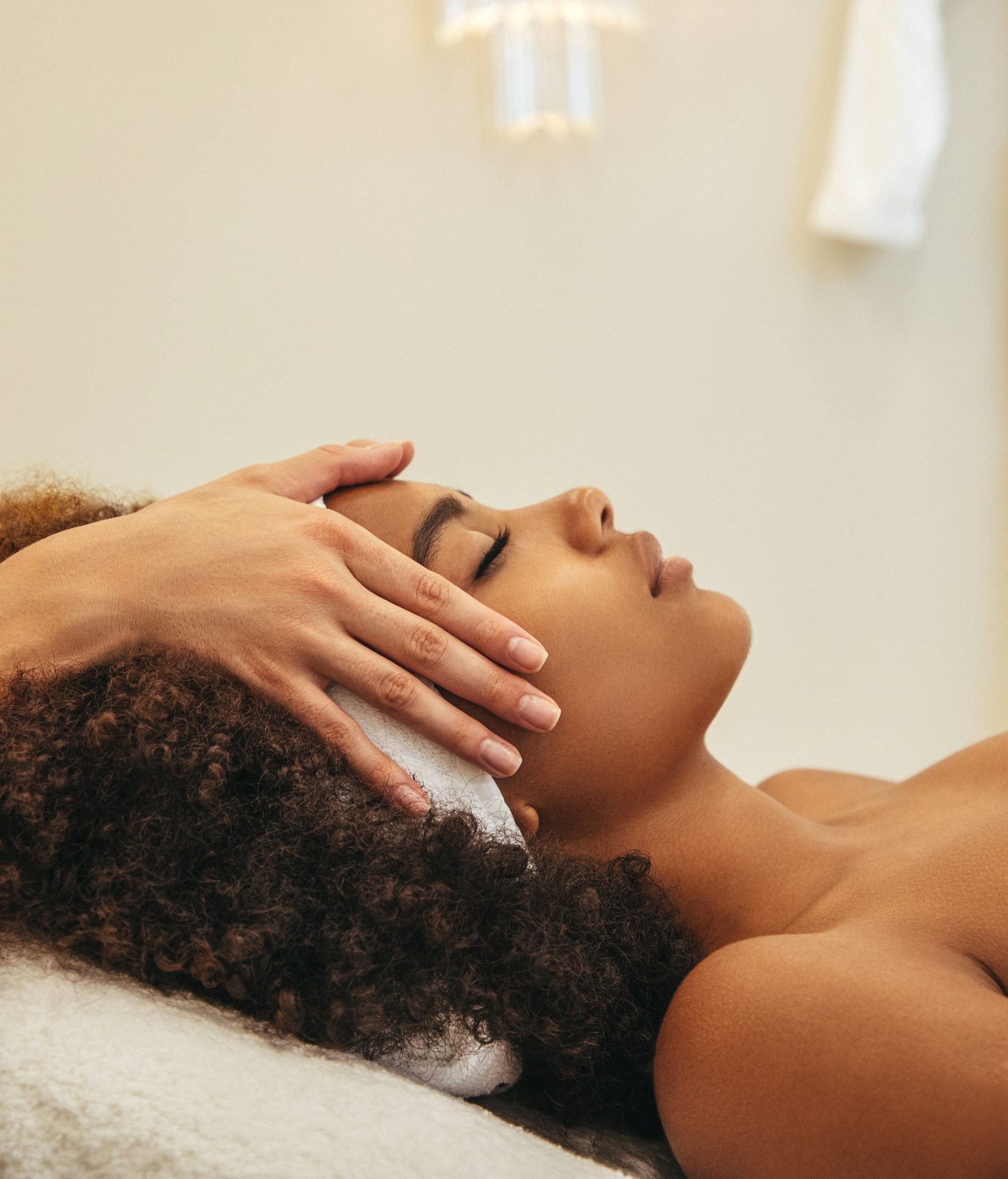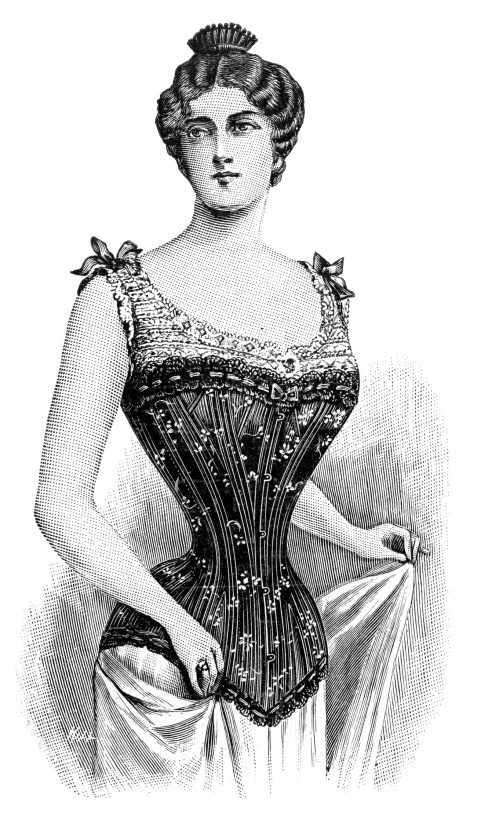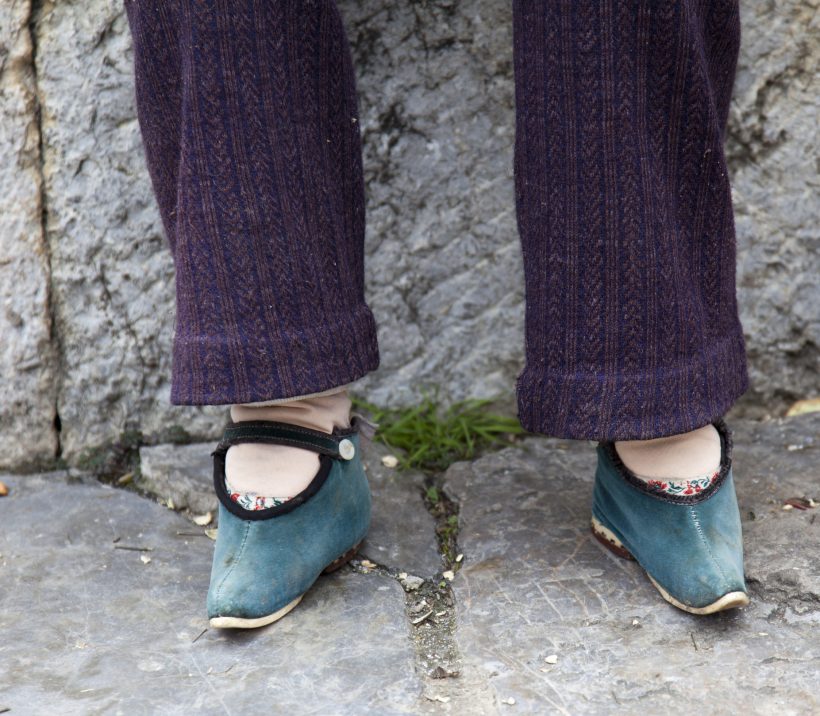The Diversity of World Beauty Standards

|
Getting your Trinity Audio player ready... |
Beauty standards vary significantly across the globe. A feature that might seem bizarre in one country could represent the height of beauty in another nation. Some people, for example, insist teeth should be white, but the ancient Japanese and other groups valued black teeth.
SKULL SHAPING
Head flattening is the practice of shaping the skull by binding an infant’s head. It was a widespread practice in many regions. For instance, the Mayans used various instruments and processes to reshape a child’s head, including flattening out the frontal bone.
In the 4th and 5th centuries, Huns, Goths, and Alans in Europe deliberately deformed their children’s skulls. One image of Theodoric the Great, the King of the Goths, shows him with a strangely high skull. Researchers deduced that Theodoric had an intentionally deformed skull from that picture and different graveyard discoveries from the Goth era. Strong head deformations created enlarged eyes and other facial changes.
Adults created head elongations using traditional children’s hoods and headgear to protect a child’s skull from injury. By tying and padding the headgear, the parents deformed the head knowingly or unknowingly. Girls usually wore this headgear until they got married, and boys up to 8 years old. This tradition from the 14th or 15th century probably originated in Belgium. It was practiced in the regions of southern France until the end of the 18th century and around Toulouse until the beginning of the 19th century.

Surprisingly, these deformations were not harmful. There is no evidence of adverse effects on societies that have practiced even very severe forms of intentional cranial deformation. Radical head deformation must occur when a baby’s skull is still soft. The complex procedure usually begins shortly after birth and lasts several months, sometimes up to two years. The head shapes created by head fixation vary significantly from place to place, but the forms tend to fit a particular pattern in a specific area at a certain time.
The shapes range from high profiles with a flattening front to back to extremely long figures. The parents used soft bandages to change the shape of the head and, in many cases, pieces of wood to flatten the shape in the desired places.
In Mayan culture, two types of artificial skull deformations were common. Those children destined to occupy a high-ranking position received so-called “oblique deformations,” which led to a high, pointed head shape. The general population could only use an “upright deformation” that resulted in a rounded skull shape with a flattened side.
BLACK TEETH OBSESSION
Teeth blackening or teeth lacquering is a custom of dyeing one’s teeth black. This custom is practiced in different parts of the world, including Southeast Asia, the Pacific Islands, and even South America. Before the Meiji era, Japan and India practiced Ohaguro.
Typically performed during puberty, teeth blackening was done to preserve the teeth into old age, as it prevents tooth decay, similar to the mechanism of modern dental sealants. It was seen as a sign of maturity, beauty, and civilization. A common belief is that blackened teeth differentiate humans from animals.
Until the end of the 19th century, black teeth were considered a sign of beauty in Japan. The traditional method for obtaining black teeth through Ohaguro involves swallowing a dye in a drink called Kanemizu. It is most commonly associated with Japan. The dye is created by soaking iron fillings in tea or sake with vinegar. The mixture oxidizes and becomes black. The mixture is spiked with different spices, including cinnamon, cloves, and anise, to help relieve the harsh taste. After consuming this mix, the drinker develops black teeth.
The practice of Ohaguro fell out of fashion during the Meiji period. The new Japanese government wanted to modernize the country and banned Ohaguro in 1870.

CORSET
The corset is one famous example of body modification, designed to create a tiny waist and lift the breasts. Women wore various corset styles from the 16th through the 19th centuries, some tied so tight that they caused trouble breathing. However, in the 19th century, corsets developed to support a new beauty trend. Instead of the high and tight cleavage of the past, women wanted a distinct gap between their breasts. This trend led to the invention of the “divorce corset,” named for its ability to separate the breasts, creating distinctly broader cleavage.
From about the 16th century onward, women wore corsets for three reasons: to support the breasts, to shape the figure, and to provide a sturdy foundation for the many layers of skirts and dresses they wore. Between the 16th and 18th centuries, the corset’s shape varied slightly. Women would squeeze the bust and lift it upward, resulting in the torso being molded into a cylinder or cone shape.

The shape began to change at the end of the 18th century. Instead of compressing the figure into a cone, corsets merely evened out a woman’s natural shape to look elegant beneath the popular thin muslin or gauze dresses. It also lifted and separated the bust. Adding a solid wood busk down the center front encouraged good posture and made it difficult to slouch.
EATING TAPEWORMS TO LOSE WEIGHT
From the 1830s to 1900, the Victorian era is infamous for its bizarre beauty standards and even more unorthodox methods to meet them. One such beauty practice for dieting required the ingesting of tapeworms.
The idea was as simple as it was appalling. The dieter would ingest a pill containing a tapeworm egg. Once in the body, the egg would hatch, and the parasite grew inside the host, consuming part of whatever the host ate. This symbiotic relationship supposedly enabled the dieter to lose weight while continuing to eat without worrying about calorie intake.
Supposedly, a woman would never rise hungry from the table while continuing to lose weight. Society could dismiss all concerns for health and discomfort with the claim that beauty is achieved through pain, and thus, sacrifices must be made.
Women in the Victorian era were expected to be ornaments of society and were heavily pressured to achieve impossible beauty standards. A Victorian woman was considered the epitome of beauty if she maintained a fragile figure with a tiny waist.
Women achieved wasp waists through tight corset-lacing and tapeworms sold in pill form. The weight loss worked, but the health effects were dreadful.
EROTIC PIERCINGS DURING RENAISSANCE
Body piercing has been practiced for centuries. These days, piercings are associated with rebellion and youth, but throughout history, they have symbolized status, wealth, or power.
Europe saw a rise in body piercing during the Renaissance and Elizabethan eras when members of the aristocracy would display their wealth by putting on large diamond or pearl earrings. Women began to wear dropping necklines inspired by Queen Isabella of Bavaria, who introduced the ‘Garments of the grand neckline,’ which exposed more flesh than they covered. With so much on display, women began to have their nipples pierced and styled, and some even wore delicate chains or pearls strung between the rings. It became widely accepted that nipple piercing and even genital piercing could increase stimulation and sexual pleasure.
During the Victorian age, Prince Albert, who was the future husband of Queen Victoria, had his penis pierced. Because the trousers that were in fashion at those time were so tight-fitting, a small ring through the penis ‘hooked’ it to one side or another, preventing an unsightly bulge. This piercing soon became known as Prince Albert.
ANCIENT ROME AND GLADIATORS SWEAT FACIAL
Modern Rome is famous for all its luxurious cosmetic products, but once in ancient times, the sweat of gladiators was part of their skincare.
During the ancient period, brothels were allowed to have high makeup on their faces. Their dresses also differed from the standard women’s, so high-class women had to find some natural way to look beautiful. Beautiful women in ancient Roman civilization were described as having a sharp nose, large eyes, and fair skin. They had to find a natural and unique way to increase their beauty. The sweat of gladiators was one of the essential beauty products of their time.
Only wealthy women could afford to purchase the sweat sold in pots as cosmetics. The sweat enhanced the complexion of the woman. The Roman women used gladiator sweat to smooth the skin and improve skin health. They scraped sweat from a gladiator’s skin, mixed it with dirt and olive oil, and used it as an aphrodisiac and a perfume for both men and women. Romans added herbs, plants, and spices to improve the smell of the gladiator’s sweat.

Part of the bathing and personal hygiene routine in ancient Rome involved cleaning the body with oil. Having rubbed the oil in, a strigil was used to scrape away any excess as well as any dead skin and dirt. The small bronze bottle would have been used for the oil.Sweat and drops of blood were collected directly from the battlefield after the warrior won the war. It is a sign of status and pride for the women to wear the sweats of the warrior. Romans used a Strigil tool to store the mixture of blood and sweat in pots to sell in the market.
HIKIMAYU, Or COLORFUL EYEBROWS
Hikimayu first appeared in the eighth century, at a time when the Japanese court began to embrace Chinese customs and styles. This beauty style removed the natural eyebrows and painted smudge-like eyebrows on the forehead during the Heian period in pre-modern Japan.
Aristocratic women plucked or shaved their eyebrows, painting new eyebrows using haizumi, a powdered ink made from the soot of sesame or rapeseed oils.
Japanese noblewomen began painting their faces with a white powder called oshiroi. One purpose for hikimayu was that removing the natural eyebrows made it easier to put on the oshiroi. The women painted their eyebrows in arc shapes, as in China.

By the 12th century, women had started wearing extremely ornate costumes, painting their faces more thickly, and painting eyebrows as ovals or smears on their foreheads. From the 17th century onward, the practice became restricted to married women only and, latterly, only after the first child’s birth. This practice, along with the blackening of the teeth, did carry on in Edo until it was forbidden in 1870 by law by the modernizing Meiji government, all too aware that they might entice scorn and contempt from their Christian trading partners.
SMALL FEET OBSESSION IN CHINA
At one time in China, footbinding was the custom of breaking and tightly binding the feet of young girls to change their shape and size. Feet altered by footbinding were known as lotus feet, and the shoes made for these feet were known as lotus shoes. In late imperial China, bound feet were heeded as a status symbol and a mark of feminine beauty,” according to Wikipedia. However, footbinding often resulted in pain and reduced mobility for women with long-term disabilities.
The tiny “lotus foot” in its soft silken shoe is seen as one of the most tempting qualities in a prospective bride; the smaller the foot, the more sexually pleasing the girl was, according to older myths surrounding this practice. “More recent studies have shown that footbinding was likely practiced not purely for marriage but also to keep girls at home and employed in handicrafts, such as spinning cotton, to contribute to their family’s income,” according to Atlantic magazine.
Chinese girls had their feet bound from the age of five to eight. Older women from the family or a professional foot-binder did the painful task. The process began by choosing an auspicious day in the calendar for the procedure. Families recited prayers and gave ceremonial gifts to the Tiny-Footed Maiden Goddess. The big toe was left facing forwards, while the four smaller toes were bent under the foot. In this position, the feet were tightly bound using long strips of cloth, which restricted any future growth and gave the foot a pronounced arch.
After 30 days, the bound feet were unwrapped and treated for sores before the women rewrapped them. After the initial treatment, the women would release a young girl’s foot wraps and retighten them every 30 days for approximately six to seven years.

In addition to the extreme pain, the footbinding process typically led to infection, gangrene, reduced circulation, and deformed bones. With feet bound and wrapped in silk or cotton, a young girl faced a lifetime commitment to the footbinding process.
VICTORIAN PALE LOOK AND BLOODLETTING
The Renaissance era ushered in dramatic changes in garments, hairstyles, and makeup. In Europe, extremely pale skin represented the height of beauty for women in the Renaissance era. The literary arts celebrated the beauty of women with alabaster skin.

Women went to great lengths to have ashen, white skin. There were many methods to create the look. Some were startling but harmless. Others were dangerous to the health and even caused death.
Before a party or other social activities, “it was common for women to put leeches on their ears or cheeks to draw out the blood from their faces.” according to Evie magazine. This process generated pale, white skin for the evening. But women who repeatedly used leeches could face skin ulcers, abrasions, or lesions. To disguise lesions on the head or face, women used small pieces of fabric–designed into small stars and other shapes–to cover the damaged skin.
People are willing to pay for a beauty product if it promises to make them look good. No wonder the global beauty industry is worth $532 billion today. But people in the past were just as eager to go to great lengths to fit the beauty standards of the time. To appreciate where we are, we need to look back at the beauty ideals of the ancient world.












